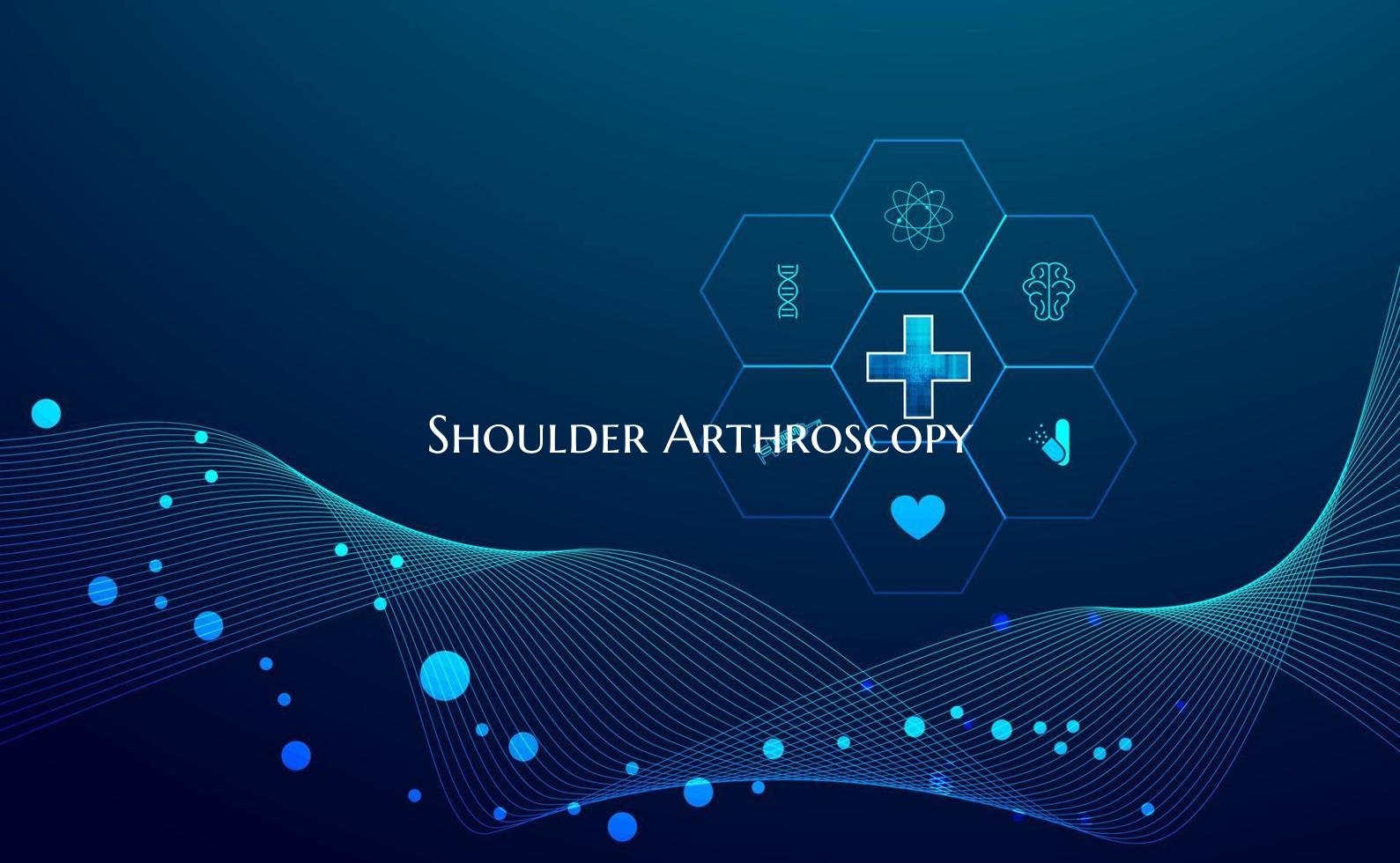
Shoulder Arthroscopy
Shoulder arthroscopy is a minimally invasive surgical procedure used to diagnose and treat a variety of shoulder problems. This advanced technique involves inserting a small camera, called an arthroscope, into the shoulder joint through tiny incisions. The camera allows the surgeon to view the inside of the shoulder on a screen, helping to identify issues such as torn ligaments, damaged cartilage, or inflamed tissues.
One of the key benefits of shoulder arthroscopy is its minimally invasive nature, which typically results in less pain, faster recovery, and smaller scars compared to traditional open surgery. This procedure is often performed on an outpatient basis, meaning patients can go home the same day.
Shoulder arthroscopy can be used to address a range of shoulder conditions, including rotator cuff tears, shoulder impingement, labral tears, and shoulder instability. Depending on the specific problem, the surgeon may use arthroscopy to repair, remove, or trim damaged tissue within the shoulder joint.
Recovery after shoulder arthroscopy usually involves a period of rest, followed by physical therapy to help regain strength and mobility in the shoulder. Most patients can return to normal activities within a few weeks to months, depending on the complexity of the procedure and individual healing response.
Overall, shoulder arthroscopy is a valuable tool in the diagnosis and treatment of various shoulder conditions, offering patients the benefits of precise surgical intervention with less pain and faster recovery times. If you are experiencing shoulder pain or limited mobility, consult with a qualified orthopedic surgeon to determine if shoulder arthroscopy may be a suitable option for you.